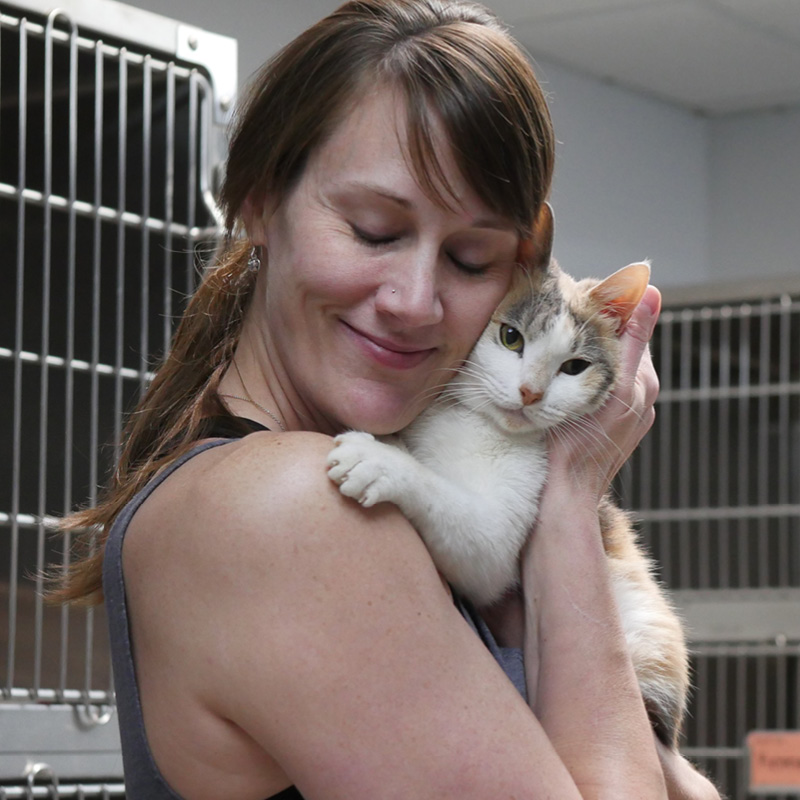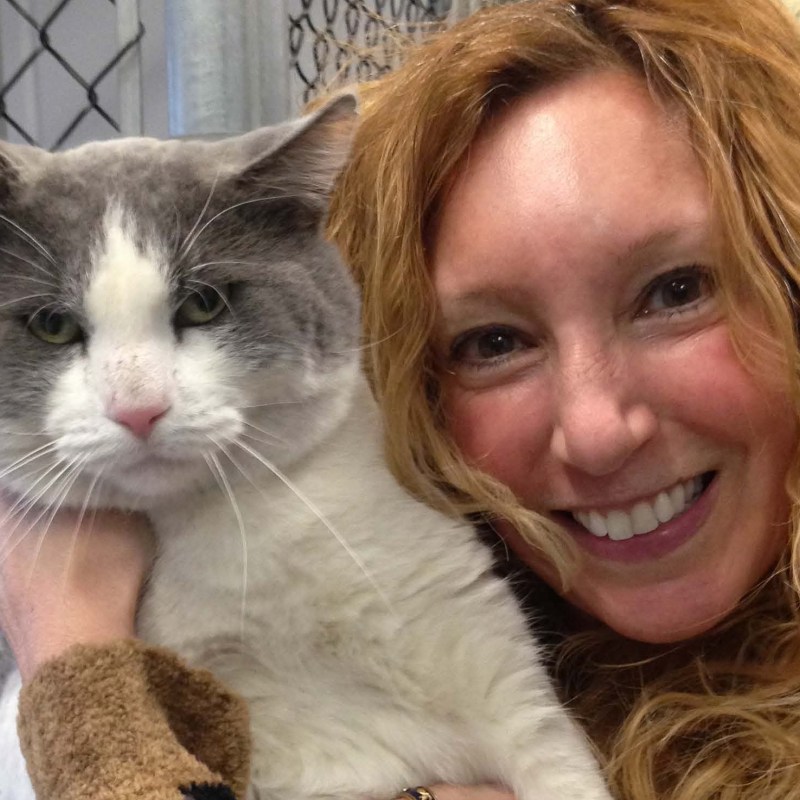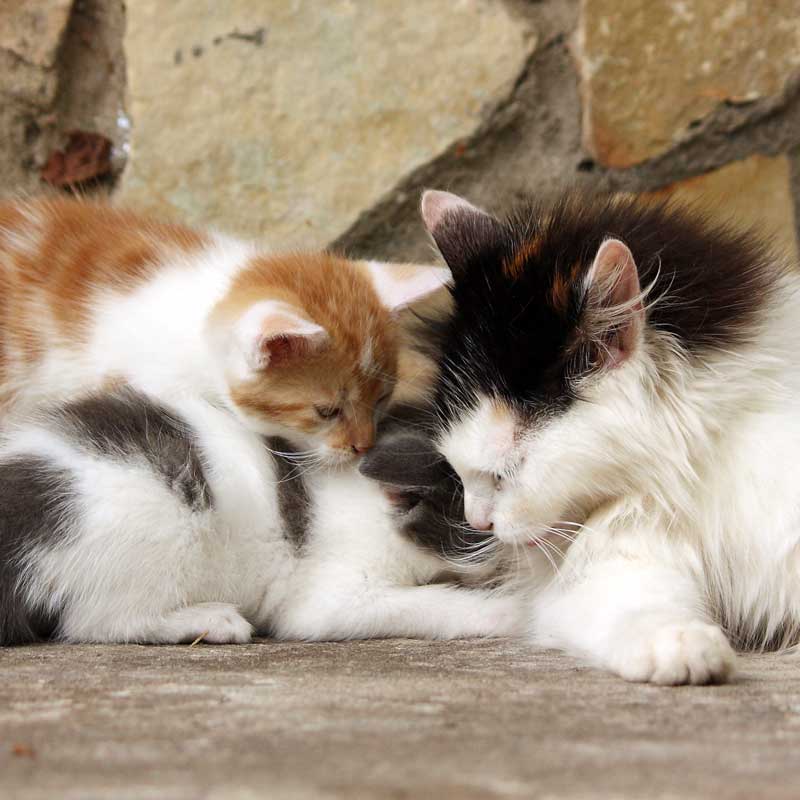
Amanda Jones, Founder and CEO of Sunshine Kitty Catfe
July 20, 2019
Dr. Rachel Geller, Certified Cat Behavior & Retention Specialist
July 26, 2019
Last week I read an article about some policy changes at the San Francisco SPCA and San Francisco Animal Care and Control regarding their policies on trapping feral mother cats and kittens. In a nutshell, the groups “have instituted a new policy that allows the mothers and kittens to stay together in the wild longer until the kittens are weaned. They are then trapped and taken to the shelter, where the mother is spayed and released quickly, and the kittens go up for adoption.”
I have heard from a few podcast listeners that they are very concerned about this change and feel like it is a significant step backward in the race to decrease the feral cat population. They are worried that it puts the feral kittens that are left out on the street longer at great risk.
Having a feral mom cat in confinement while she delivers and nurses her kittens can be very stressful for her. I think that if any of us can find a viable “plan B” to doing this, we should. As I read this article, I remember having a similar conversation with a local veterinarian about this issue. She felt strongly that the “trapping process” for a mom cat with kittens should begin when the kittens are four to five weeks old. I felt that while this might be ideal for the mom cat, it isn’t viable for every situation.
I get very worried when folks in animal welfare make “policies.” It ties the hands of our trappers and doesn’t allow for judgment calls. Here are the key issues as I see them:
- When a policy is created, it just gives us another line in the handbook on how to respond to calls. “We don’t do this” will be the party line now instead of a call initiating a process to truly understand what is happening for the person, the cat, and her kittens.
- Location, situation, and circumstances may not be taken into consideration. We certainly know that there are higher-risk areas for feral cats and kittens. We need to allow for the flexibility to rescue those that are in high-risk areas.
- Will you see more dead kittens if this policy is fully endorsed? Yes, I believe you will.
- Will you also see fewer health issues than with a stressed-out feral mom cat who stops eating, gets sick, eats her own kittens, etc, in a shelter environment? Yes, I believe you will—because you won’t have those mom cats.
- Now is better than never. This policy assumes that community trappers and guardians have the luxury of trapping at any given time and can be selective about when they trap. That certainly isn’t always the case. Trapping lists are usually long. If you have a chance of getting a cat and her kittens out of harm’s way, you take it. This policy will also adversely affect the mental health of trappers who are out there day in and day out.
 While I am not intimately involved with this particular story, I recognize that we all have this conundrum. Rather than just making policy and saying no, however, let’s try to find another way. In situations like this, I am constantly reminded about the importance of our spay/neuter work in the community. I often refer to “Adam and Eve” (the cats) and making sure that if they do ever meet outdoors, they are both already spayed/neutered. Proactive spay/neuter is a relatively simple solution that will ensure we don’t even have to address this issue of a feral mom cat and her kittens in the first place. We want to enable our communities and trappers, not take away opportunities.
While I am not intimately involved with this particular story, I recognize that we all have this conundrum. Rather than just making policy and saying no, however, let’s try to find another way. In situations like this, I am constantly reminded about the importance of our spay/neuter work in the community. I often refer to “Adam and Eve” (the cats) and making sure that if they do ever meet outdoors, they are both already spayed/neutered. Proactive spay/neuter is a relatively simple solution that will ensure we don’t even have to address this issue of a feral mom cat and her kittens in the first place. We want to enable our communities and trappers, not take away opportunities.

We so easily get into catfights as an industry and instead, I believe we need to find common ground, communicate, and find solutions that will reduce these potential areas of conflict. Share what you think and how your organization handles these situations on our Facebook page.




